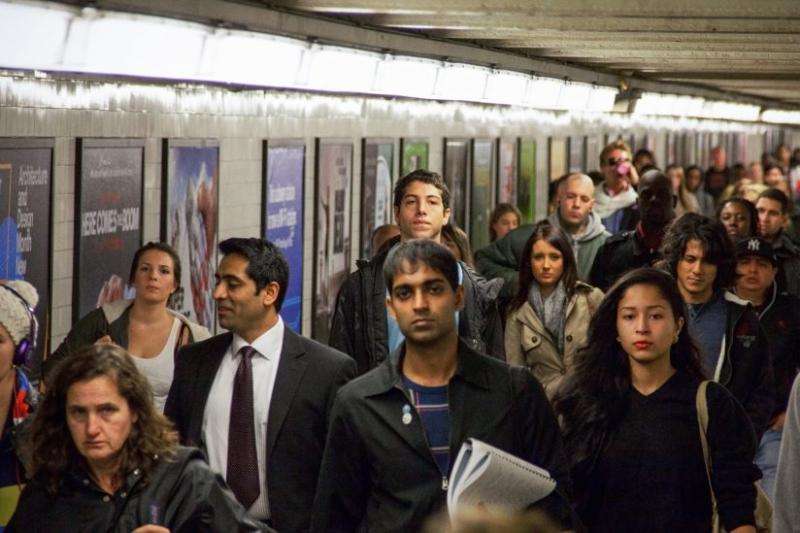How mobility may affect future transit use

Where is travel demand going to be in the future and do changes in America's population matter? Ten or 20 years from now, any movement could influence where to send bus lines and other modes of transit.
In the past, the United States has been a highly mobile country compared to other parts of the world, USC Price School of Public Policy Professor Gary Painter found in his research.
However, he began to notice that this was no longer the case. Annual internal migration rates that were around 20 percent from 1947 to 1983 had fallen to 13 percent in recent years and the mobility of recent immigrants had fallen to the level of the U.S.-born population.
"Sometimes you just get confronted by an interesting fact and that fact is so compelling that it spawns lots of questions," said Painter about his latest research, which is still in progress. "I had data that were puzzling, and as a social scientist, you always want to figure out the reasons behind it."
With funding from METRANS, Painter set out to answer the aforementioned questions and determine the implications for transit systems when there's less population mobility than there has been in the past. He found no other scholarly literature that considered how mobility might affect travel behavior and transit use.
"In terms of transit policy, we hope our transportation planners are paying special attention at all times to what the population they're trying to serve looks like," said Painter, the director of social policy at the USC Price Center for Social Innovation.
Factors behind the decline
One major cause Painter identified for the decline is that there are fewer single-industry towns that could see a mass exodus after a factory closes.
"There are IT jobs everywhere, service jobs everywhere and a certain mix of what cities do that is available in every city," Painter said.
Painter also determined that 22 percent of the decline in overall mobility could be explained by the reduced mobility among immigrants. New arrivals move around more than settled immigrants, and after the recession there was a huge reduction in entrants due to a lack of jobs and a hostile policy toward immigrants taken by the country and some states.
Painter's research showed that an increase in the white population of a city correlated with a reduction in transit trips, while new immigrants to the area increased transit usage.
What's next?
For his upcoming research, Painter indicated that he wants to run case studies on select urban areas and determine if moving from a transit-rich city impacts travel behavior in the next city.
"Ultimately, if we feel like this is a robust finding that these migration rates are an additional variable, it could be used for model forecasting for planners and be something to help the transportation field, which was our goal going in," Painter said. "We think this paper, because the literature is so sparse, is a contribution to the mobility trends literature. However … there's still more work to do."
Provided by University of Southern California

















